When Ohio Gov. Mike DeWine agreed to send National Guard members to Washington, D.C. to take part in President Donald Trump’s militarized “crime blitz,” he turned a federal spectacle into a state issue. The decision is puzzling, especially given the realities of crime rates in Ohio versus Washington.
Ohio’s Own Crime Challenges
Ohio’s violent crime rate has consistently been three to four times higher than Washington, D.C.’s over the past four years. If DeWine truly wanted to make a dent in violent crime, logic suggests he should start in Ohio itself. Yet even if he chose to deploy the Guard at home, the bigger question remains: is military policing an effective crime-reduction tool?
Research Shows Military Policing Doesn’t Work
Studies, including research from Brown University, show that militarized policing does not lower crime rates. At best, it functions as a temporary band-aid. At worst, it wastes resources and distracts from strategies that could actually make communities safer. A democratic society cannot rely on military occupation of cities as a long-term solution.
So what does work? Decades of research offer evidence-based strategies that reduce crime far more effectively than armed deployments.
Focused Deterrence: Targeting the Source
One proven method is focused deterrence. This approach identifies gangs or groups responsible for a large share of violence, confronts them with a choice, and follows through:
-
Offer services and support for those willing to leave gang life.
-
Deliver swift, certain consequences if violence continues.
Meta-analyses of dozens of programs confirm that focused deterrence can meaningfully reduce violent crime.
Hot-Spot Policing: Concentrating Resources
Another highly effective strategy is hot-spot policing—directing police presence and resources to the geographic areas where crime is most concentrated.
Research by the Washington State Institute for Public Policy found that assigning a single officer to a hot spot generates nearly $500,000 in net social benefits, primarily by lowering property crime. For every $1 spent, society gains more than $5 in benefits.
Simple Environmental Changes: Lighting and Clean-Up
Sometimes, straightforward solutions produce surprising results. In New York City housing developments, randomized trials showed that better street lighting reduced felony and index crimes. Assaults, weapons charges, and even homicides dropped in areas where lighting was improved.
Similarly, restoring vacant lots—cleaning them up and making them usable—has been shown to lower overall crime rates, reduce gun violence, and curb burglaries. These changes send signals of safety and community pride that discourage criminal activity.
Cognitive Behavioral Therapy: Changing Decision-Making
Another under-the-radar but powerful intervention is targeted cognitive behavioral therapy (CBT). Programs that pair CBT with summer jobs for at-risk youth or integrate it into correctional facilities help people develop better decision-making skills.
The result? Participants are less likely to engage in criminal activity, because they gain tools to control impulses and rethink their choices. It’s a quiet but transformative approach that addresses crime at its roots.
Real Solutions vs. Political Theater
These four strategies—focused deterrence, hot-spot policing, environmental improvements, and cognitive behavioral therapy—are not flashy. They won’t produce dramatic headlines or photo ops of National Guard members patrolling city streets. But they are proven, cost-effective, and sustainable.
If Gov. DeWine or federal lawmakers truly want to reduce crime, these are the solutions that deserve investment. Deploying soldiers is easy political theater. Building safer communities requires evidence-based action.
Rob Moore is principal of Scioto Analysis, a public policy firm in Columbus. He has worked in both public and nonprofit sectors on issues ranging from economic development to public health. He holds a Master of Public Policy from UC Berkeley’s Goldman School of Public Policy and a B.A. in Philosophy from Denison University.

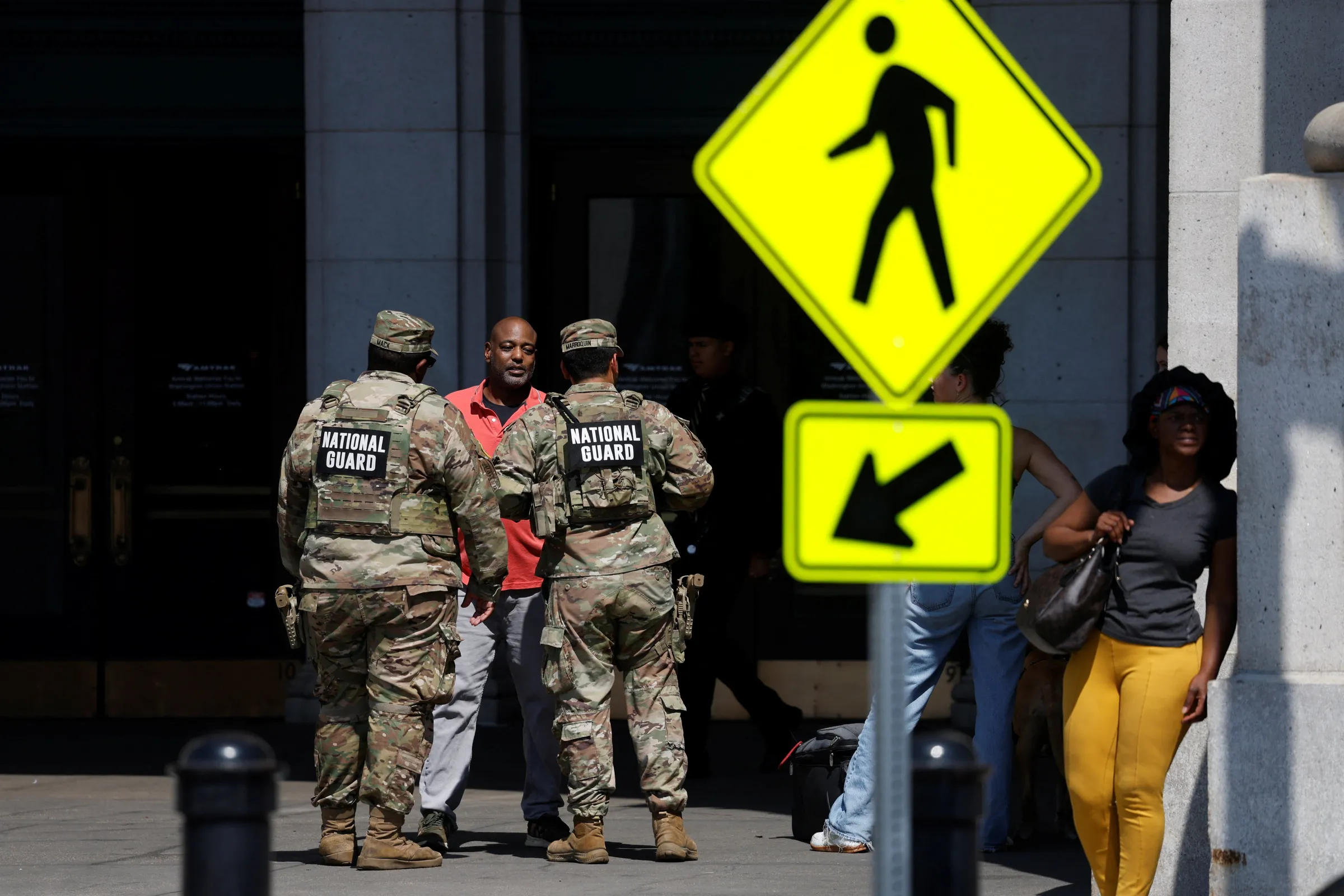

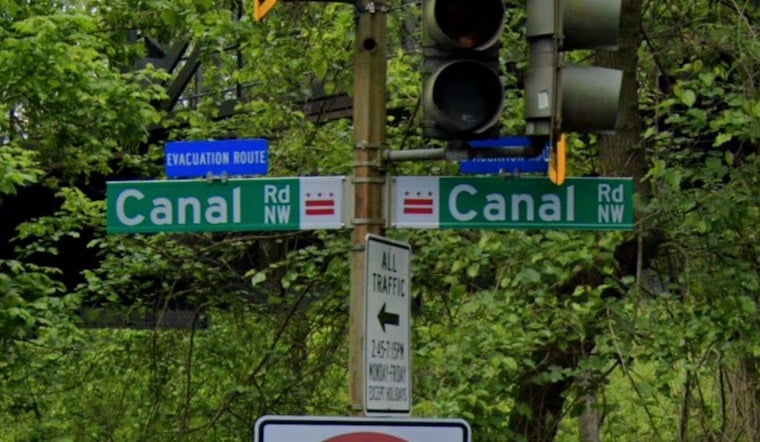
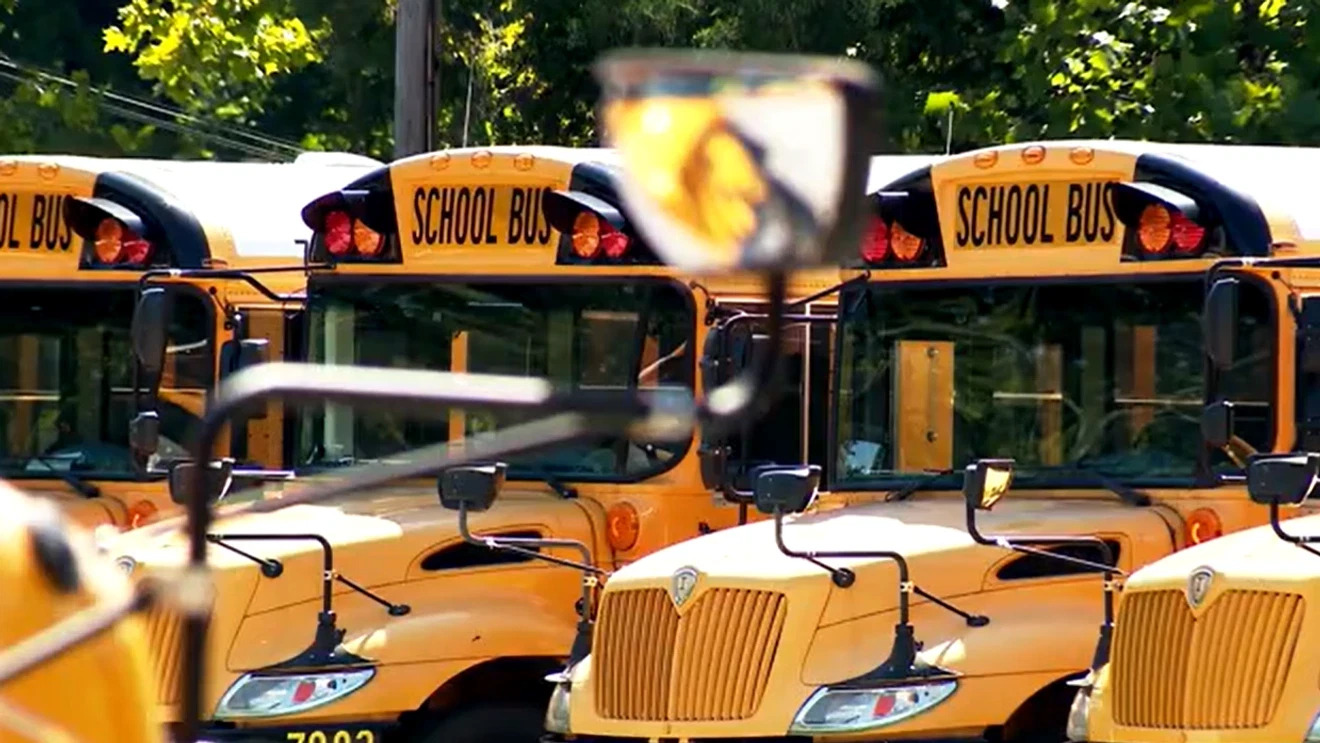

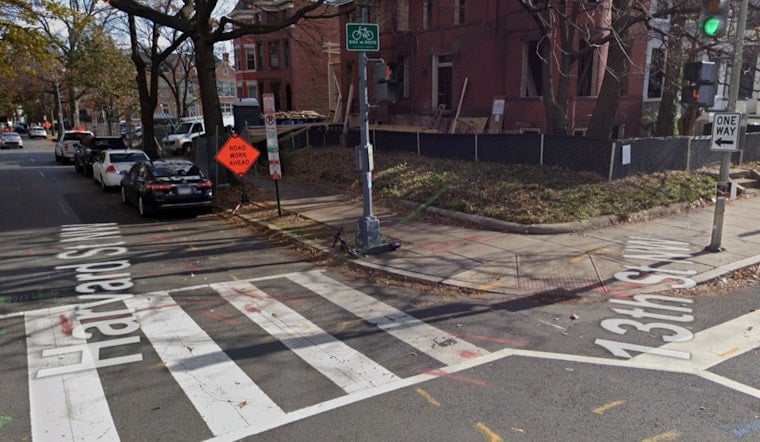
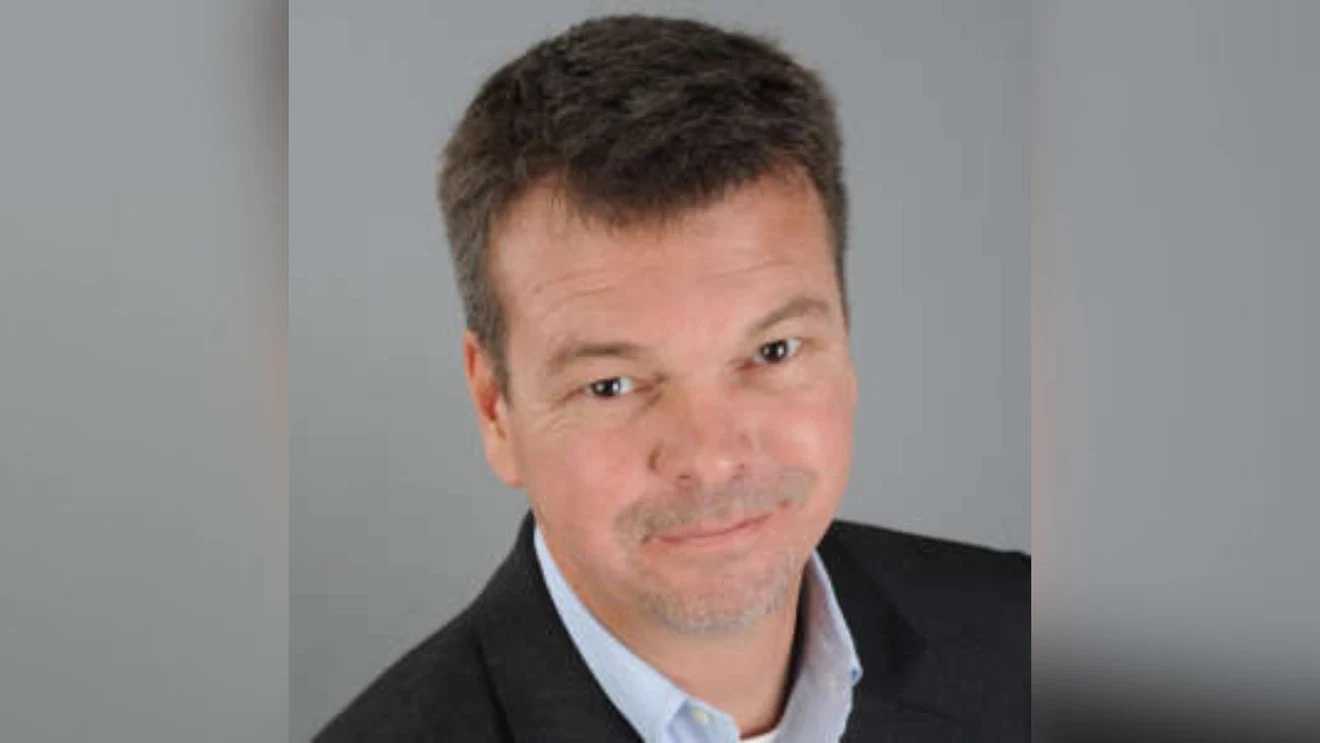
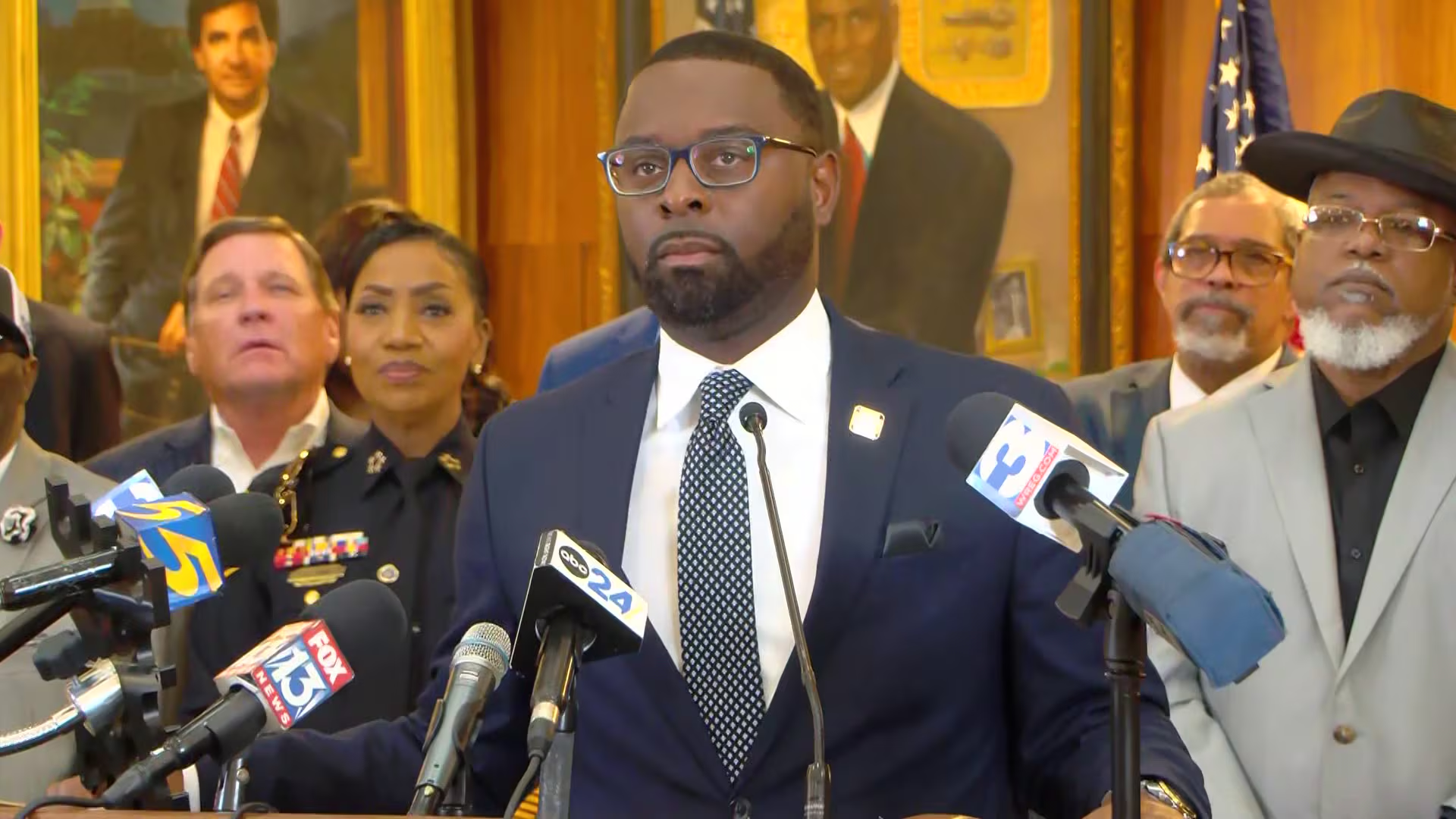
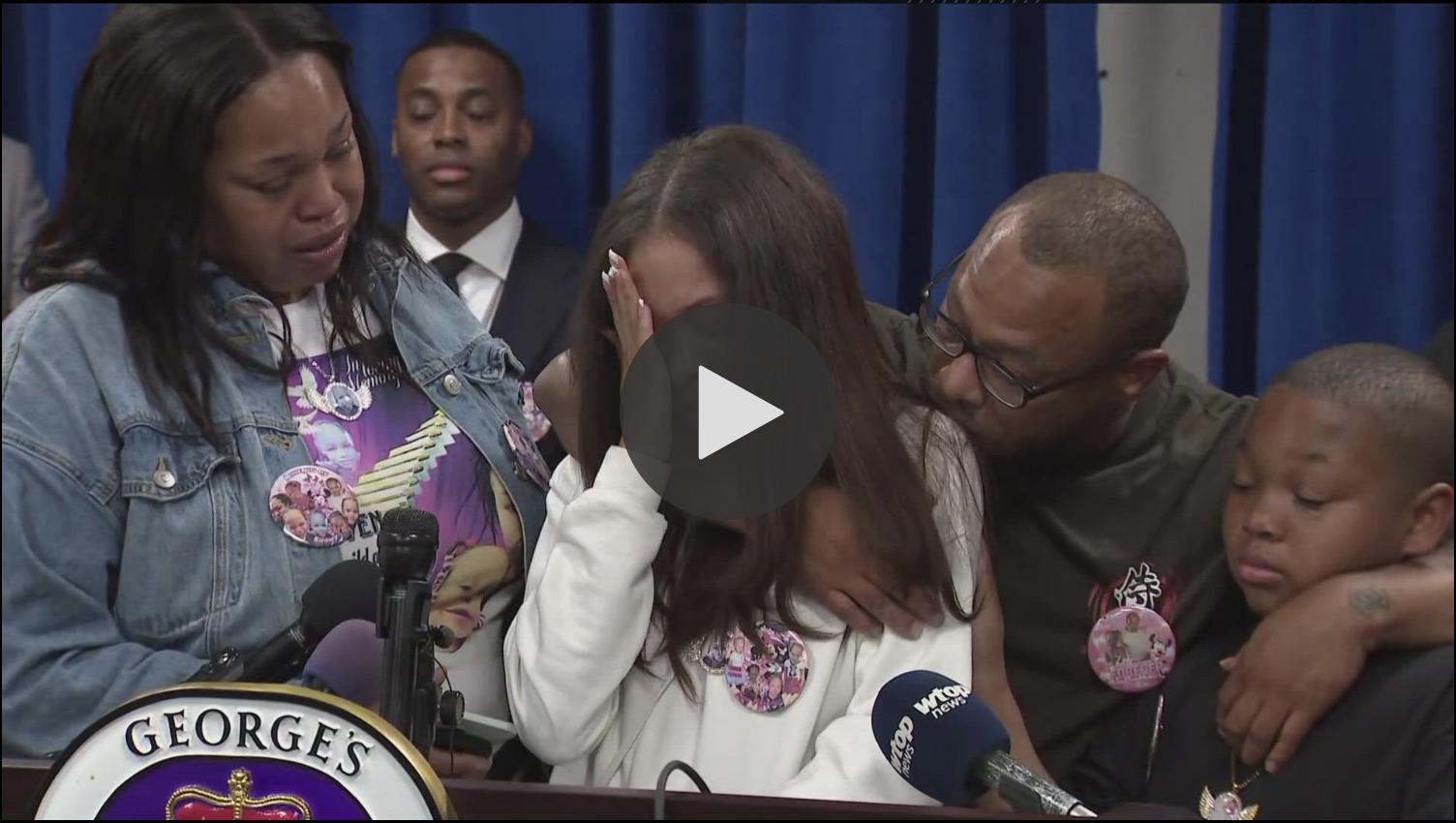

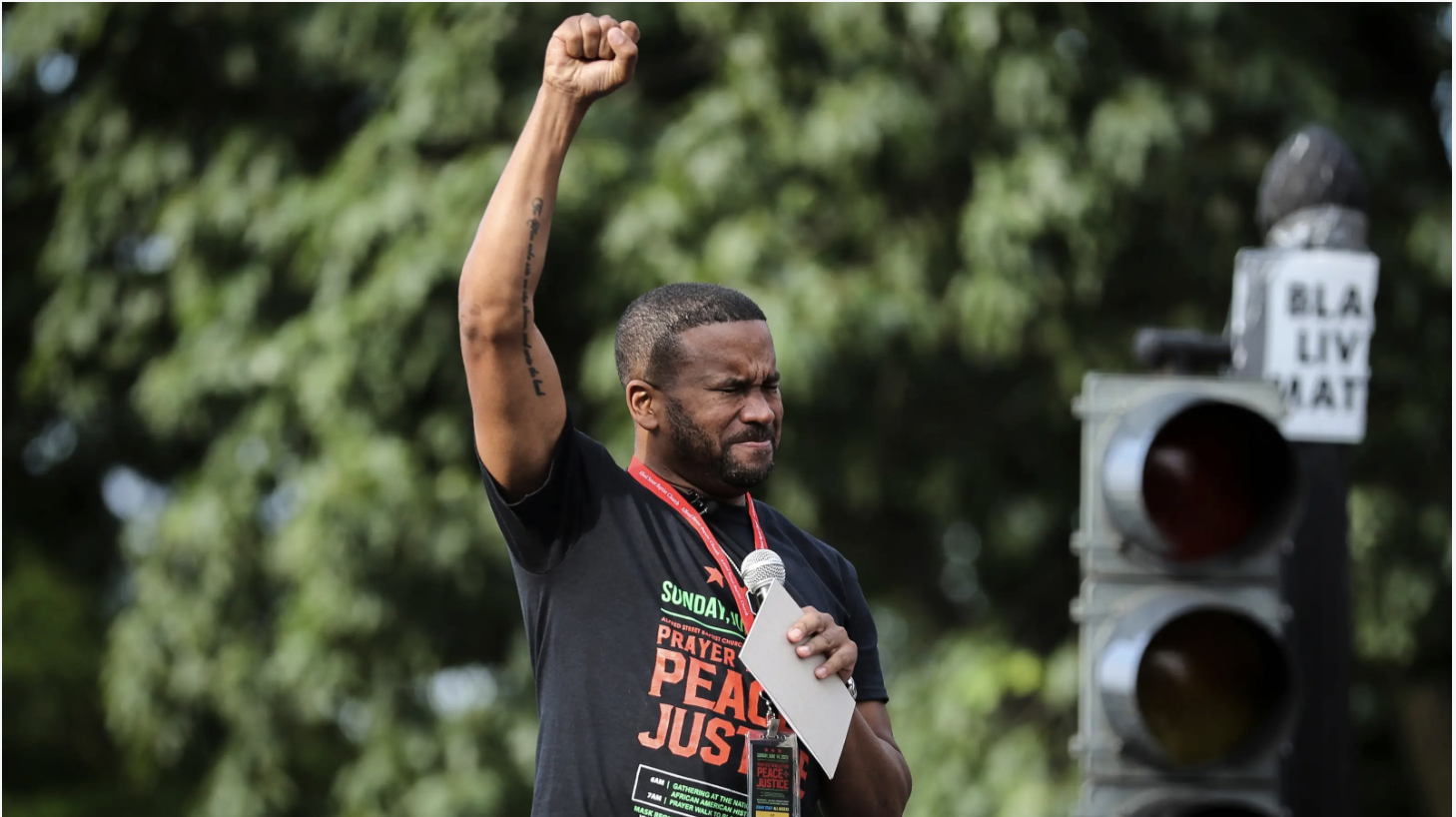
Leave a Reply